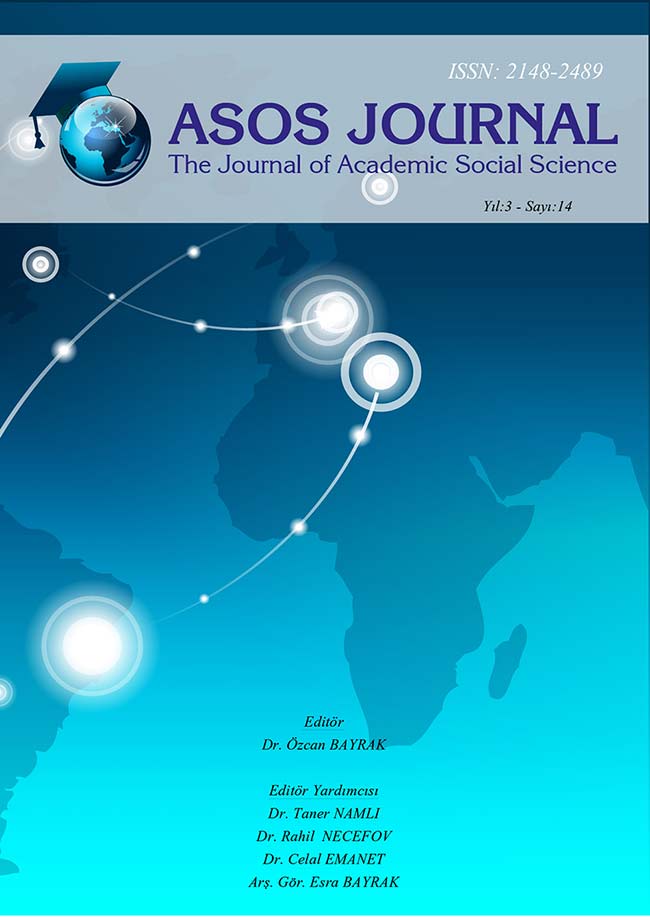Author :
Abstract
İstihdam, reel ücret ve GSYH arasındaki ilişki iktisat literatüründe uzun zamandan beri tartışılan konular arasında yer almaktadır. Bu çerçevede bu çalışma istihdam, reel ücret ve GSYH arasındaki uzun dönemli ilişkinin varlığını ve yönünü ortaya koymayı amaçlamaktadır. Bu çalışmada 2005:1-2013:2 dönemlerini kapsayan üçer aylık Türk sanayi verileri Sınır Eş-bütünleşme ve Granger nedensellik testlerine tabi tutulmuşlardır. Elde edilen ampirik bulgulara göre; istihdam, reel ücret ve GSYH arasında uzun dönemli bir ilişki bulunmaktadır. Granger nedensellik analizine göre; GSYH’dan istihdama doğru tek yönlü bir nedensellik ilişkisi vardır. İlişkinin yönüne bakıldığında elde edilen sonuç Keynesyen görüşü desteklemektedir. Buna göre; GSYH’daki artış istihdamı artıracaktır. İstihdam ile reel ücret arasında, reel ücretten istihdama doğru tek yönlü bir nedensellik ilişkisi tespit edilmiştir. İlişkinin yönü ise Neoklasik görüşü desteklemektedir. Buna göre; reel ücretlerdeki bir azalma istihdam düz
Keywords
Abstract
The relationship between employment and real wages and GDP are being subjects of discussion in economic literature for long period of time. Within the framework of employment, real wage and GDP, the aim of this paper is to investigate the long term relationship and direction of such a relationship. In this study, quarterly data of Turkish Industry covers period of 2005:1-2013:2 were used to analyze Granger causality and ARDL. According to empirical findings, there is a long term relationship between employment and real wages and GDP. Granger causality test suggests that there is one way Granger causality from GDP to employment. Direction of relationship supports the Keynesian perspective. According to this finding, an increase in GDP will increase employment. There is a one way causality from real wage to employment was determined. Direction of relationship supports the neoclassic view. According this, a decrease in real wages will lead to increase the level of employment.





